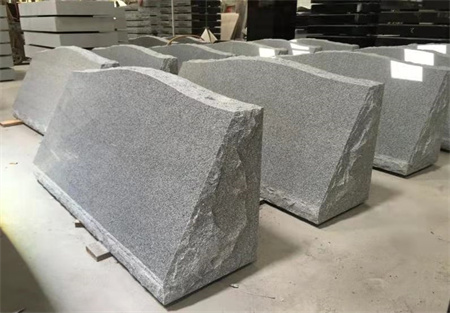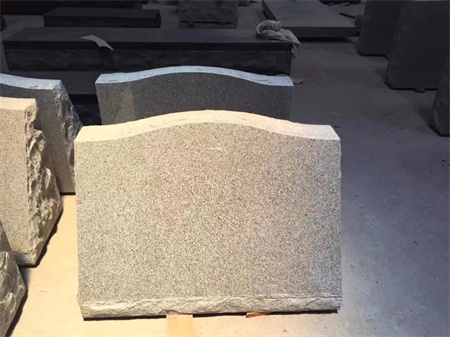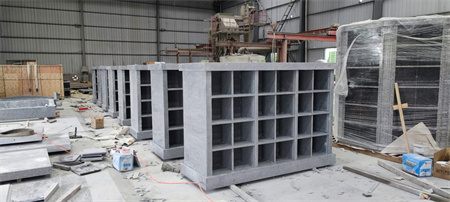The Role of AI in Granite Memorial Personalization

The Role of AI in Granite Memorial Personalization
In an age where technology touches every aspect of life, it is no surprise that artificial intelligence (AI) has started to play a significant role in more traditional industries, including the creation of granite memorials. The process of memorialization, which once relied heavily on manual craftsmanship and personal artistry, is now benefiting from the precision, efficiency, and innovation that AI brings. As families seek to honor their loved ones with unique, personalized tributes, the role of AI in customizing granite memorials is becoming increasingly important. This blend of tradition and technology is reshaping the way we commemorate lives, giving rise to a new era in memorial design.
Granite has long been a preferred material for memorials due to its durability, timeless appeal, and the sense of permanence it offers. However, the process of personalizing granite to reflect a person’s identity, values, and life story can be intricate. Traditionally, this involved working with skilled stone carvers who would manually etch images, names, dates, and messages into the stone. While this process produced beautiful results, it was also time-consuming and limited by the skills and techniques of the artist.

One of the most significant advantages of AI in granite memorial personalization is its ability to generate 3D models. By inputting specific data, such as photographs, personal stories, or even favorite quotes, AI-powered software can create a detailed, digital 3D version of the memorial before any physical work begins. This allows families to see a realistic preview of how their memorial will look, providing an opportunity for adjustments or enhancements to be made before the stone is cut or etched. In a sense, AI serves as a digital artist, working closely with families to refine their vision and make the final product even more meaningful.
Moreover, AI-driven design tools can assist memorial designers in recommending specific motifs, patterns, and symbols that align with the deceased’s interests or cultural background. Whether it’s incorporating an image of a favorite animal, a religious symbol, or a unique abstract design, AI can quickly generate countless variations of these elements to suit the family’s preferences. This process not only saves time but also elevates the level of personalization to new heights, making each memorial a truly bespoke creation.
Another benefit of AI in this industry is its impact on efficiency. Traditional methods of engraving granite required long hours of labor and the expertise of highly skilled artisans. With AI, designers can use laser cutting and engraving machines powered by artificial intelligence to carve intricate patterns and designs with pinpoint accuracy. These machines are able to work at a faster pace without sacrificing quality, which means that families can receive their memorials more quickly while still maintaining the highest standards of craftsmanship.

Of course, as with any technology, the use of AI in granite memorial personalization raises important ethical and emotional considerations. For many, the process of designing a memorial is a deeply personal and sacred one. While AI can provide valuable tools for customization, it is crucial that the human touch remains central to the process. Memorial designers must balance the efficiency of AI with the compassion and empathy needed to understand the emotional significance of each design. The integration of AI should serve as a tool to enhance, not replace, the artistry and personal connection that define memorialization.
In conclusion, artificial intelligence is revolutionizing the world of granite memorial personalization, offering families a more customized, efficient, and innovative way to commemorate their loved ones. By combining advanced technology with traditional craftsmanship, AI allows for a level of personalization that was previously unimaginable, helping to create memorials that are not just stone structures, but meaningful reflections of the lives they represent. As this technology continues to evolve, it will undoubtedly continue to shape the future of memorial design, offering even more opportunities to celebrate life in truly unique ways.
